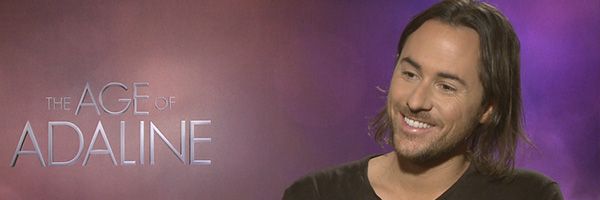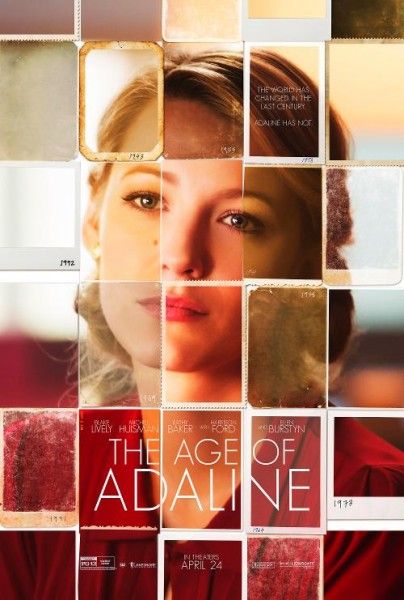The Age of Adaline walks the fine line between affecting and schmaltz. It never tips over into eye-rolling melodrama – and that can all be accredited to filmmaker Lee Toland Krieger (The Vicious Kind, Celeste and Jesse are Forever). There’s a determined quality to the shot selection, an almost arm’s length remove to the emotional beats of the picture that lends itself to combating its more saccharine impulses. Adaline, for the most part, is a completely internal film. The film’s central conflict lies on the decision of whether immortal Adaline (Blake Lively) should allow herself to fall in love with a mortal (Michiel Huisman), knowing full-well what the ravages of time will do to him and not to her. Through a well-deployed omniscient narrator and cleverly intermingled flashbacks, Krieger is able to visually & verbally explain the struggles that occur within his lead’s mind. It’s a nifty balancing act and one the young filmmaker pulls off with aplomb.
In the following interview with Krieger, he discusses avoiding the pratfalls of mawkishness, his own darker inclinations, replicating Harrison Ford’s voice, the length of the first cut and deleted scenes from The Age of Adaline.
Lee Toland Krieger Interview Index:
- Lee Toland Krieger on the artwork for Adaline’s poster
- On replicating Harrison Ford voice for the flashback scenes
- On the origins of the ‘omniscient narrator’ in the film
- On how the clinical nature of the narration keeps the film from tipping into melodrama
- On how the process of coming onto a script he hasn’t written differs from one he has
- On bringing his own particular sensibility to a preexisting script
- On his mentorship with Neil LaBute
- On the length of The Age of Adaline’s first cut
- On deleted scenes from the finished film


